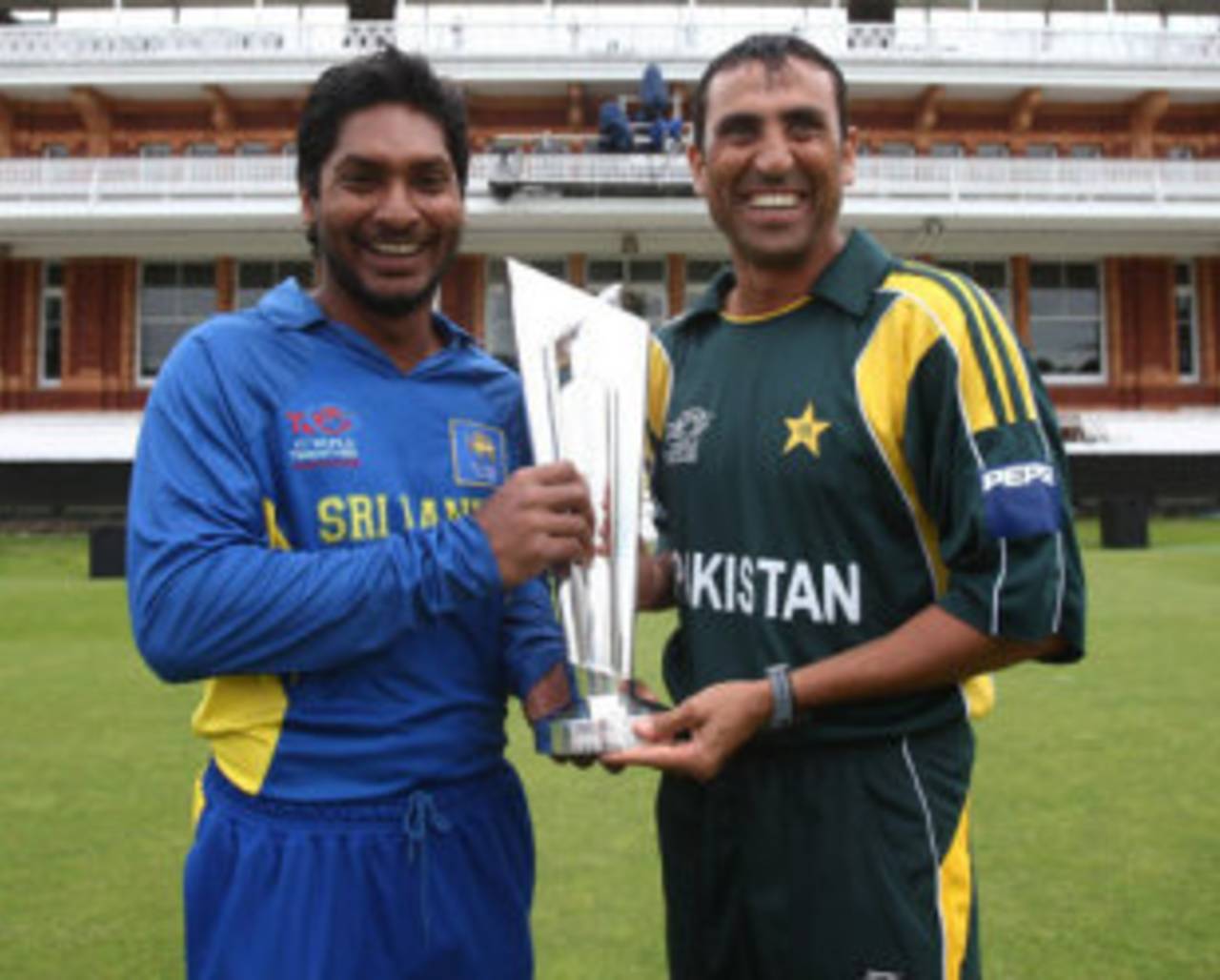As Australian captain I was pleased we met West Indies in the 1975 World Cup final because it meant the two best and most aggressive sides were going to contest the decider at Lord's. In contrast this World Twenty20 has provided good cricket and plenty of surprises before throwing up two unexpected finalists.
The biggest surprise in a format that's supposed to be made for batsmen is that Sri Lanka and Pakistan, the sides with the best and most varied bowling attacks, are the finalists. Even more of a revelation has been the reliance of both teams on good spin bowlers to subdue the scoring and dismiss the opposition.
This has been a format that has both entertained and educated. New fans have been lured and traditional cricket supporters and sceptics have been converted; unlike the last 50-over World Cup, this tournament has provided fast-paced, competitive matches and has been a resounding success.
The other extremely encouraging aspect of the tournament has been the emergence of new stars and some young players with the potential to attain that status. Some of these players have helped both Sri Lanka and Pakistan qualify for the final.
For Sri Lanka, Tillakaratne Dilshan has finally shed the "flatters to deceive" tag to become a consistent threat at the top of the order. Dilshan has supplanted Sanath Jayasuriya as the danger man in the Sri Lankan batting line-up and his clash with emerging young star Mohammad Aamer will be crucial to the result. The 17-year-old Aamer's ability to surprise batsmen with his pace and keep the scoring under control in the Powerplay overs has allowed Younis Khan to save the sensational Umar Gul for the final thrust.
Dilshan has the form and nerve to disrupt Pakistan's successful formula and this should be his first task in the final. An early clash between Dilshan and Gul would add to the lustre of this final as they've been the stars of the tournament. If Dilshan were to succeed in bringing forward Gul's arrival to the crease, it wouldn't mean the end of Pakistan's chances. Shahid Afridi's bowling has been a revelation, and he and Saeed Ajmal have controlled the middle overs like a well-trained security force.
The sceptics have been won over because the matches have regularly featured a battle of wits out in the middle rather than a constant stream of big hits
If Dilshan is brought to heel and the Pakistan pair continue to take wickets as they have so far, then Sri Lanka's threadbare middle order will be exposed. However, there is a glimmer of hope for Sri Lanka in this regard; in addition to his sensational opening over in the second semi-final, Angelo Mathews looks to have the power and skill to boost an area of weakness. There's also the suspicion that if Dilshan were to suffer a rare failure, both Kumar Sangakkara and Mahela Jayawardene would be primed to fill the breach.
Pakistan's run-scoring has been more evenly spread through the order, but they depend on Kamran Akmal and the mercurial Afridi for the turbo boost at the start of the innings. Unlike Dilshan, Akmal is more likely to produce the short-but-sweet innings, and Afridi is prone to leaving his batting brain in the dugout and surrendering his wicket trying to achieve the outrageous.
Pakistan's two best players of spin are Younus and Misbah-ul-Haq, and I'd look for Ajantha Mendis' early arrival at the crease if Akmal and Afridi are threatening mayhem.
The great strength of both teams is that the captain has many options to quell an opposition uprising with. That's what makes this contest tactically mouth-watering. This is the main reason the sceptics have been won over: the matches have regularly featured a battle of wits out in the middle rather than a constant stream of big hits with the bowlers being reduced to cannon fodder.
Both teams have skilful batsmen and bowlers and a fair supply of explosive match-winners, which is crucial in such an abbreviated contest. However, Sri Lanka have the advantage in fielding and all-round stability; they are less likely to have a brain explosion in times of stress.
Sri Lanka will start slight favourites on a day that, like the 1975 final, promises good cricket and entertainment at Lord's on the longest day of the summer. However, unlike 1975, there will be a curtain-raiser. Don't underestimate the part the women will play in what should be a thoroughly entertaining conclusion to a highly successful tournament.
Former Australia captain Ian Chappell is now a cricket commentator and columnist
